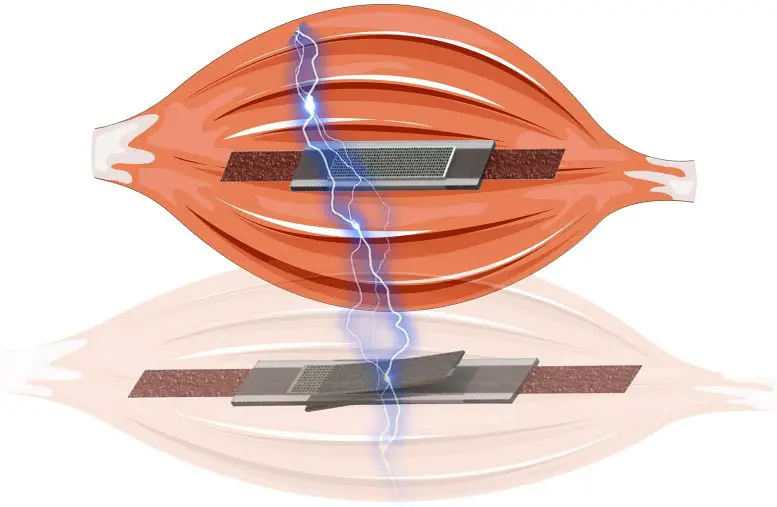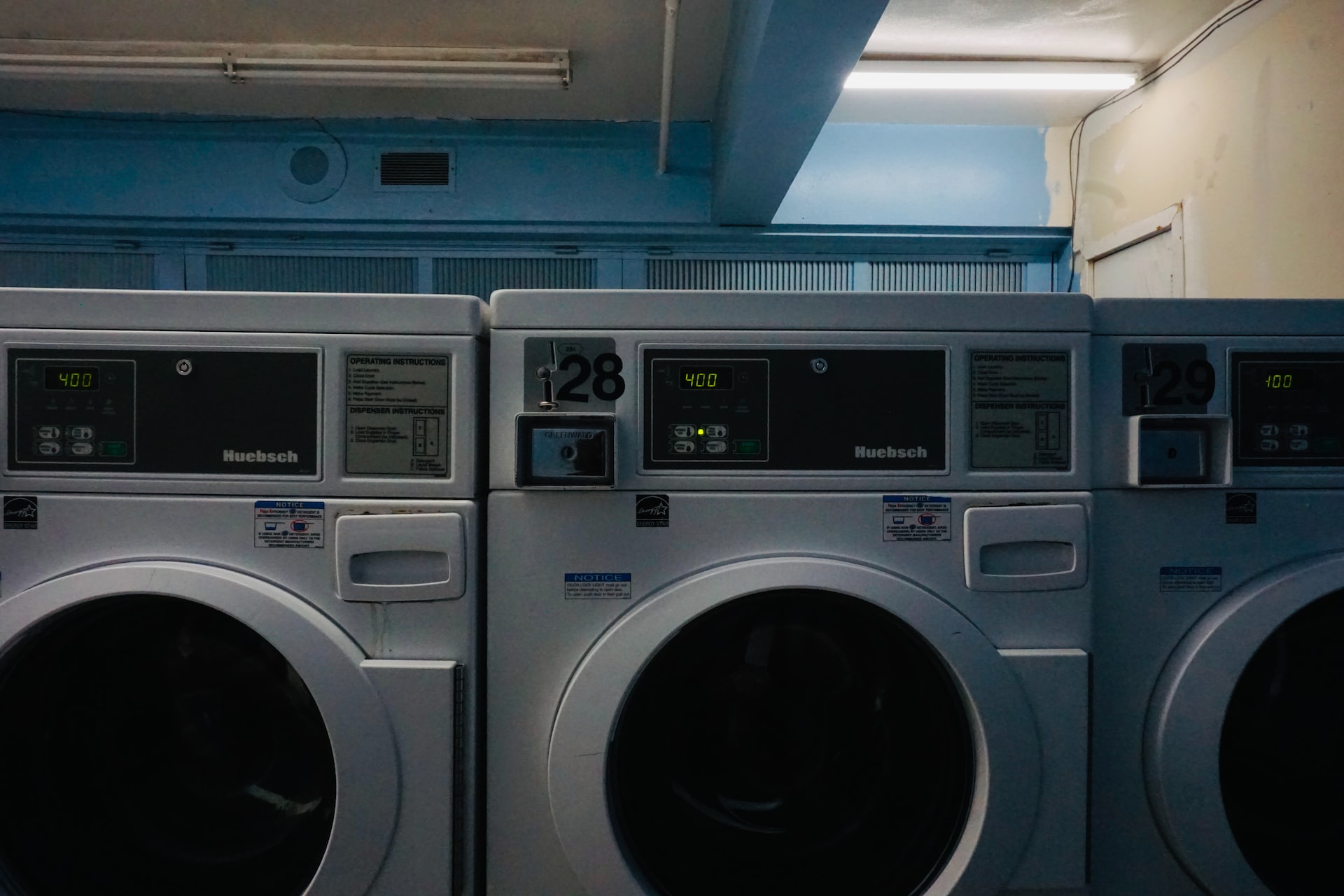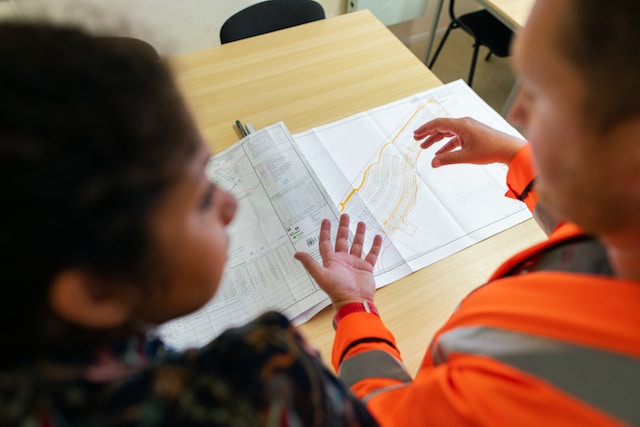Researchers at Queen Mary University have created an artificial muscle that can sense and adjust its stiffness, imitating natural muscles. This breakthrough has major implications for soft robotics and medical uses, bringing us closer to integrating humans and machines.
Researchers drew inspiration from nature to design an artificial muscle that emulates muscle contraction hardening found in living organisms. This innovative technology holds promise for various applications.
Innovative Artificial Muscle with Self-Sensing and Variable Stiffness
The artificial muscle effortlessly switches between soft and rigid states while detecting forces and deformations. Its flexibility and stretchability mimic natural muscles, enabling integration into complex soft robotic systems, capable of adapting to different shapes. Through voltage adjustments, the muscle rapidly alters its stiffness and self-monitors deformation by sensing changes in resistance.
Versatile Applications and Seamless Integration
This flexible variable stiffness technology has numerous potential applications, including soft robotics and medical uses. Its seamless integration with the human body allows it to aid individuals with disabilities and patients in daily tasks. Wearable robotic devices equipped with self-sensing artificial muscles can monitor patients’ activities and adjust stiffness levels, facilitating muscle function restoration during rehabilitation training.
Dr. Ketao Zhang, a Lecturer at Queen Mary and the lead researcher, said, “While there are still challenges to be addressed before these medical robots can be deployed in clinical settings, this research represents a crucial stride towards human-machine integration,” “It provides a blueprint for the future development of soft and wearable robots.”







